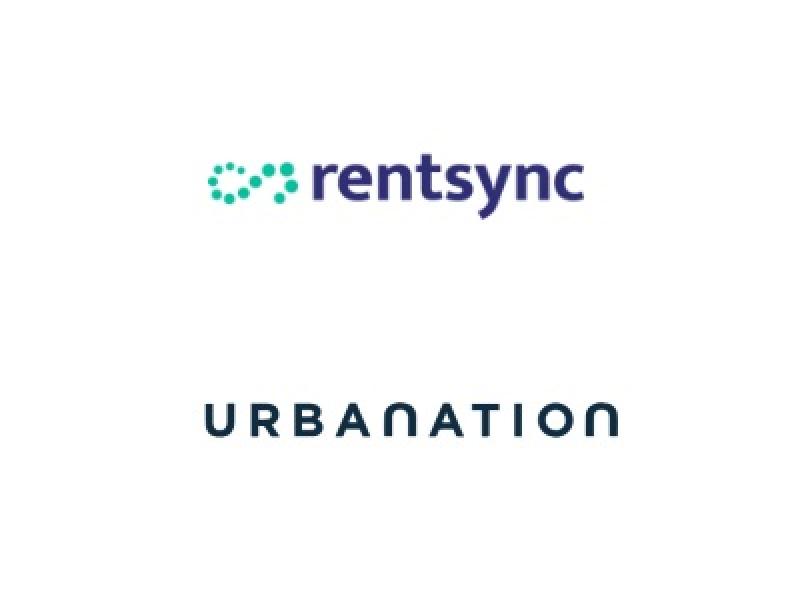GUEST COLUMN: Over the last few months, we’ve paid more attention to interest rates and bond yield fluctuations than ever in recent history.
We’ve watched the stock market go mostly into the red while interest rates have hiked faster than we’ve seen in decades. For landlords, it’s concerning to have such inflation at the same time both operating expenses and mortgage rates are substantially increasing.
In B.C., inflation hit 8.1 per cent year-over-year as of May 2022 (B.C. All-Items CPI, June 22, 2022). Meanwhile, the Bank of Canada has increased the overnight interest rate at a speed not seen since 1994, leading to headlines trumpeting the biggest mortgage rate increases since the 1980s.
This is along with construction cost increases, supply chain issues for materials, a labour shortage and competition for resources.
Against this backdrop, a recent CityNews article reported B.C.’s minister of housing is considering a host of polices to assist with the inflationary environment renters are facing, including a cap on the maximum rental rate increase for 2023.
What landlords need to know
The maximum rental increase is tied to the 12-month average per cent change in the All-Items Consumer Price Index for B.C. ending in July in the previous year. Historically, this was the 12-month CPI average plus two per cent, which since late 2018 has been adjusted to CPI only.
Yet from 2020 to 2021, the allowable increases were significantly curtailed and/or eliminated altogether by the province. At the same time, throughout the pandemic, housing providers have faced exponential increases in operating expenses including cleaning, taxes, security, utilities and insurance well beyond current inflation.
For reference, the allowable increases permitted over the past six years are shown in the table below. Note the zero per cent for 2020 (supposed to be 2.6 per cent), zero per cent for 2021 (supposed to be 1.4 per cent) and 1.5 per cent for 2022:
Historical maximum allowable rental increases BC
| Year | Date announced | Announced rate | Actual | Notes |
|---|---|---|---|---|
| 2023 | TBD | TBD | TBD | |
| 2022 | September 8, 2021 | 1.50% | 1.50% | |
| 2021 | September 3, 2020 | 1.40% | 0.00% | Rent increases cancelled |
| 2020 | September 4, 2019 | 2.60% | 0.00% | Rent increases cancelled |
| 2019 | September 7, 2018 | 4.50% | 2.50% | 2% extra formula deleted |
| 2018 | August 21, 2017 | 4.00% | 4.00% | CPI at 2.0% plus 2.0% |
| 2017 | August 22, 2016 | 3.70% | 3.70% | CPI at 1.7% plus 2.0% |
Some may point to policies allowing additional increases (Additional Rent Increase for Capital Expenditures) when significant capital expenses have occurred. Yet these do little to help landlords struggling to afford increases in day-to-day operating costs.
We’ve also heard of landlords applying for additional increases from the outset of program opening in mid-2021 who have yet to have their files reviewed by the Residential Tenancy Branch.
In October 2021, we wrote about our clients’ experiences with expense increases from 2019 through part of 2021. For a bigger picture, check out the expense increases of other clients from 2019 to 2021 along with the cumulative totals for the entire period:
City of Vancouver (> 100-suite building)
| Expense item | 2019–2020 | 2020–2021 | Cumulative 2019–2021 |
|---|---|---|---|
| Property taxes | +14% | -2% | +12% |
| Insurance | +180% | +25% | +250% |
| Heat and light | +31% | +18% | +55% |
| Water and sewer | +15% | +2% | +18% |
City of North Vancouver (> 40-suite building)
| Expense item | 2019–2020 | 2020–2021 | Cumulative 2019–2021 |
|---|---|---|---|
| Property taxes | +12% | -3% | +8% |
| Insurance | +16% | +21% | +52% |
| Heat and light | -12% | +46% | +29% |
| Water and sewer | +5% | +7% | +12% |
City of Vancouver (> 30-suite building)
| Expense item | 2019–2020 | 2020–2021 | Cumulative 2019–2021 |
|---|---|---|---|
| Property taxes | -3% | +8% | +5% |
| Insurance | +31% | +65% | +116% |
| Heat and light | +18% | +4% | +23% |
| Water and sewer | +27% | +3% | +31% |
As a reminder, rent increase notices were cancelled in 2020 and a freeze lasted through 2021. In 2022, rental rate increases were permitted to advance at a rate of 1.5 per cent.
Operating cost increases over the same period ranged substantially. As you can see above, cumulative increases in different categories varied from eight per cent to 250 per cent over the same period.
More recently, mortgage rates too have seen major escalations. For multifamily, we had CMHC quotes for existing old wood-frame rental buildings in March 2022 at three per cent: a world away from the 1.5 per cent of fall 2020.
Fast-forward to last week, with five-year bond yields at 3.56 per cent, CMHC-insured five-year money is being quoted at a staggering 4.5 per cent.
New rental suffers too
It’s not just existing rental building owners who will be affected. Builders of new rental projects also require a consistent business environment in which to operate. Current headwinds are as follows:
– increases in hard costs (construction);
– increases in interest rates (construction and term loans);
– increases in trades’ wages;
– lack of supplies;
– approval timelines.
The provincial government has indicated its desire to expand the supply of new rental housing to house thousands of new residents coming into the region.
When costs rise at historic levels, rental caps are barriers to projects getting built.
This submission is republished from The Goodman Report, with permission.









